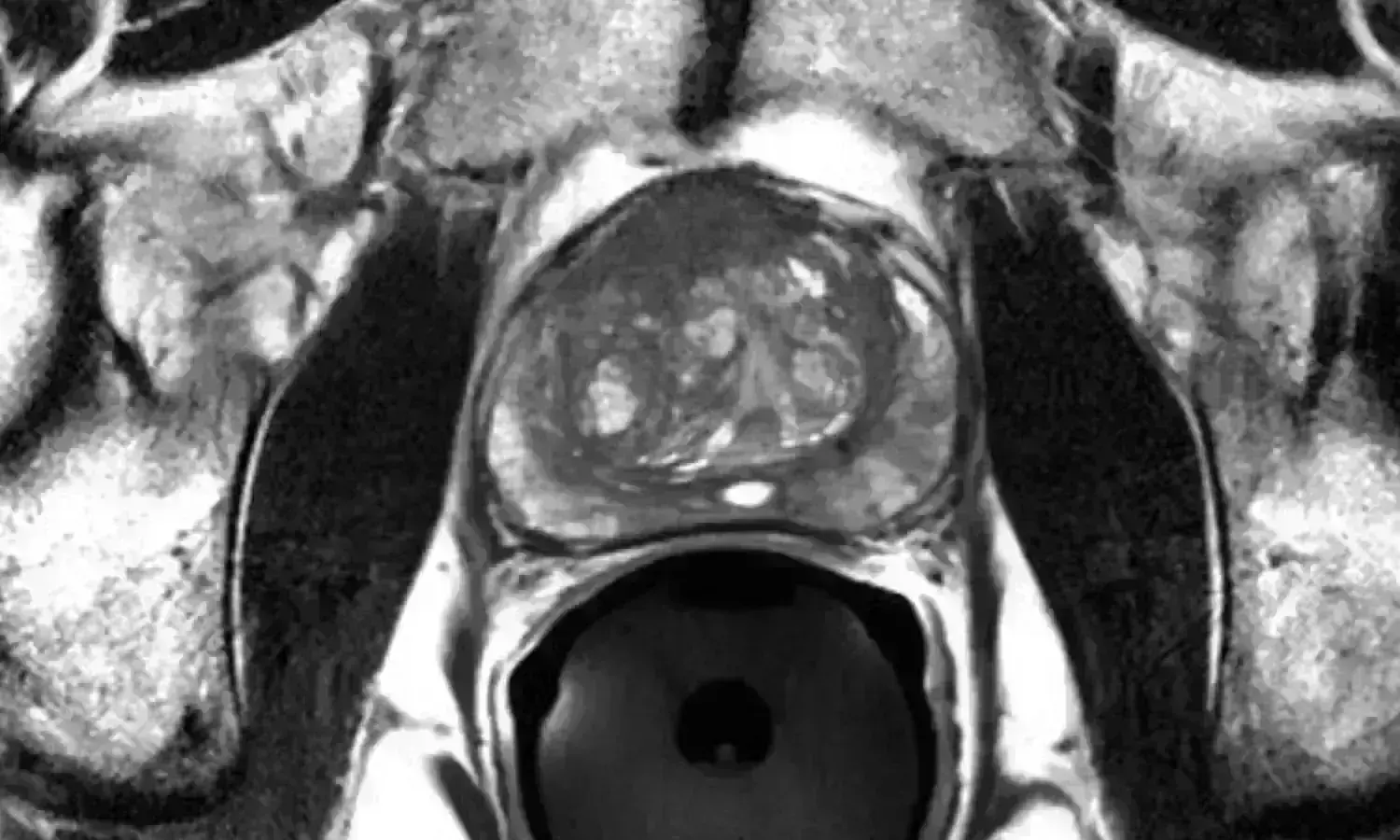- Home
- Medical news & Guidelines
- Anesthesiology
- Cardiology and CTVS
- Critical Care
- Dentistry
- Dermatology
- Diabetes and Endocrinology
- ENT
- Gastroenterology
- Medicine
- Nephrology
- Neurology
- Obstretics-Gynaecology
- Oncology
- Ophthalmology
- Orthopaedics
- Pediatrics-Neonatology
- Psychiatry
- Pulmonology
- Radiology
- Surgery
- Urology
- Laboratory Medicine
- Diet
- Nursing
- Paramedical
- Physiotherapy
- Health news
- Fact Check
- Bone Health Fact Check
- Brain Health Fact Check
- Cancer Related Fact Check
- Child Care Fact Check
- Dental and oral health fact check
- Diabetes and metabolic health fact check
- Diet and Nutrition Fact Check
- Eye and ENT Care Fact Check
- Fitness fact check
- Gut health fact check
- Heart health fact check
- Kidney health fact check
- Medical education fact check
- Men's health fact check
- Respiratory fact check
- Skin and hair care fact check
- Vaccine and Immunization fact check
- Women's health fact check
- AYUSH
- State News
- Andaman and Nicobar Islands
- Andhra Pradesh
- Arunachal Pradesh
- Assam
- Bihar
- Chandigarh
- Chattisgarh
- Dadra and Nagar Haveli
- Daman and Diu
- Delhi
- Goa
- Gujarat
- Haryana
- Himachal Pradesh
- Jammu & Kashmir
- Jharkhand
- Karnataka
- Kerala
- Ladakh
- Lakshadweep
- Madhya Pradesh
- Maharashtra
- Manipur
- Meghalaya
- Mizoram
- Nagaland
- Odisha
- Puducherry
- Punjab
- Rajasthan
- Sikkim
- Tamil Nadu
- Telangana
- Tripura
- Uttar Pradesh
- Uttrakhand
- West Bengal
- Medical Education
- Industry
MRI-guided stereotactic body radiation reduces additional toxicity in prostate cancer: ASCO

Los Angeles, CA: A new study demonstrated that MRI-guided prostate stereotactic body radiation (SBRT) results in a statistically significant decrease in acute grade 2 genitourinary (GU) toxicity compared to CT-guided prostate SBRT. Patient-reported urine and bowel function measures are similarly better preserved with MRI guidance at the 1-month time point, albeit this difference fades (perhaps due to side-effect management) by the 3-month time point. The findings of this study were presented as posters in the 2022 ASCO Genitourinary Cancers Symposium.
In the context of SBRT for intact prostate cancer, MRI guidance has significant theoretical benefits over CT guidance. The findings of an interim analysis of the phase III MIRAGE study, which is directly comparable to MRI- and CT-guidance with a pragmatic main endpoint of acute grade 2 GU toxicity, are presented here by Amar Upadhyaya Kishan and team.
MIRAGE is a randomized phase 3 experiment conducted at a single center. Men having SBRT for localized prostate cancer were randomized at random to either CT or MRI guidance. Around the prostate and proximal seminal vesicles, planning margins of 4 mm (CT-arm) and 2 mm (MRI-arm) were established, and this volume received 40 Gy in five portions. Elective nodal radiation and rectal spacers were permitted at the discretion of the physician. The primary outcome was the occurrence of grade 2 GU physician-reported toxicity within 90 days of SBRT (by CTCAE version 4.03). The incidence of acute grade 2 GU physician-reported toxicity, changes in EPIC-26 bowel domain summary scores at 1 and 3 months, and changes in IPSS scores at 1 and 3 months, were also secondary outcomes of interest.
The key findings of this study are as follow:
1. On September 1, 2021, 100 patients became eligible for the interim analysis (51 CT arm, 49 MRI arm).
2. In men who had MRI-guided SBRT, acute grade 2 GU toxicity was dramatically decreased. Acute grade 2 GI toxicity was also decreased considerably in males who had MRI-guided SBRT.
3. The rise in IPSS scores from baseline was considerably larger in males undergoing CT-guided SBRT at 1 month but not at 3 months.
4. The decrease in EPIC-26 bowel domain scores was considerably larger at 1 month, but not at 3 months, in males undergoing CT-guided SBRT.
5. Because of the high primary endpoint signal seen, our methodology was modified to lower the expected sample size to 154 while preserving 89% power to detect a difference.
In conclusion, the findings of this study show when MRI was used instead of CT to guide stereotactic body radiation (SBRT) for localized prostate cancer, there was a significant reduction in bowel and urine side effects.
Reference:
Ma TM, Lamb JM, Casado M, Wang X, Basehart TV, Yang Y, Low D, Sheng K, Agazaryan N, Nickols NG, Cao M, Steinberg ML, Kishan AU. Magnetic resonance imaging-guided stereotactic body radiotherapy for prostate cancer (mirage): a phase iii randomized trial. BMC Cancer. 2021 May 11;21(1):538. doi:10.1186/s12885-021-08281-x. PMID: 33975579; PMCID: PMC8114498.
Medical Dialogues consists of a team of passionate medical/scientific writers, led by doctors and healthcare researchers. Our team efforts to bring you updated and timely news about the important happenings of the medical and healthcare sector. Our editorial team can be reached at editorial@medicaldialogues.in.
Dr Kamal Kant Kohli-MBBS, DTCD- a chest specialist with more than 30 years of practice and a flair for writing clinical articles, Dr Kamal Kant Kohli joined Medical Dialogues as a Chief Editor of Medical News. Besides writing articles, as an editor, he proofreads and verifies all the medical content published on Medical Dialogues including those coming from journals, studies,medical conferences,guidelines etc. Email: drkohli@medicaldialogues.in. Contact no. 011-43720751


